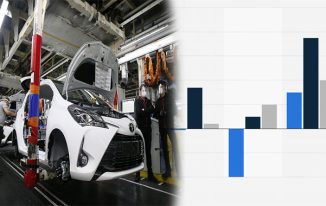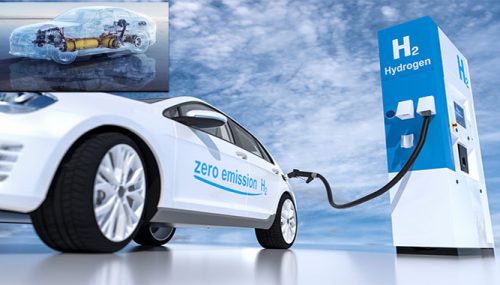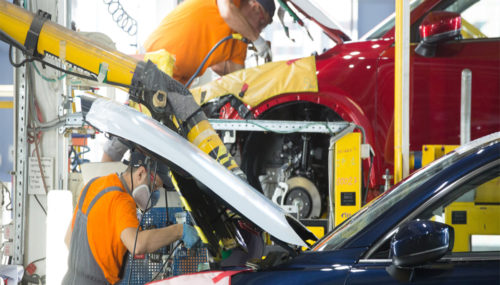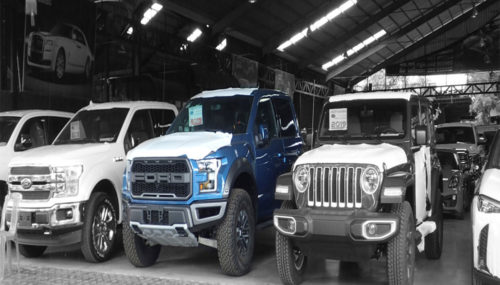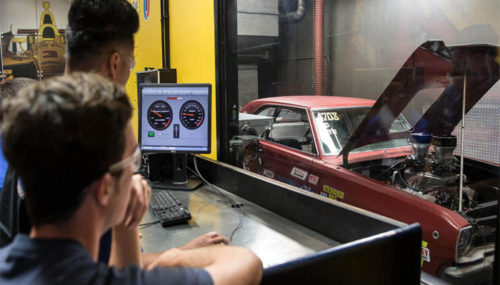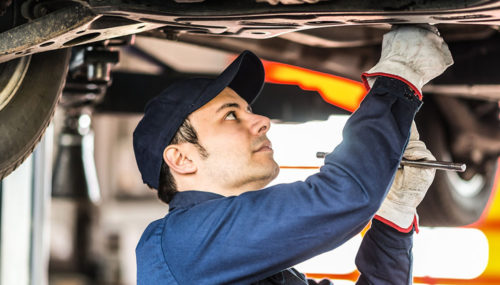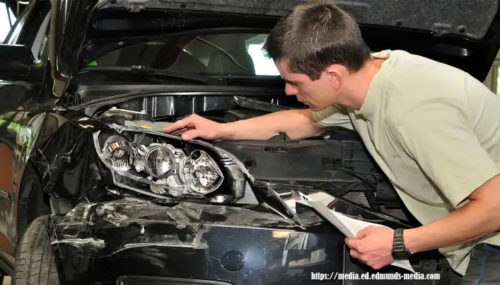
Routine maintenance on your car will save on costly car repairs. Following your dealer maintenance schedule based on your mileage and keeping your eye on the basics will minimise car servicing costs and keep it running smoothly.
Parts wear out and periodically need replacing. Check your tyre pressure and the fluid levels (oil, transmission, battery, brake and power steering). A qualified mechanic can perform regular tune-ups and replace the air, oil filters and sparkplugs. Correct tyre pressure, balancing and alignment increases gas mileage and minimises tyre wear.
Routine maintenance however may not always be enough and I have 5 tips to warn you when it might be time for a trip to the car service centre.
5 Tips to Know When Your Car Needs Service
CHECK ENGINE LIGHT (CEL) – When the check engine light is on, it is an early warning coming from the car’s electronic control module. The module is constantly receiving messages from sensors and switches under the hood and may be an indication of a serious problem.
BE AWARE OF SQUEALING BRAKES – Squealing brakes is an indication of excessive wear on the brake pads, misaligned brake calipers or brake drum problems. Pads should be replaced and if the problem is allowed to continue, you will have metal on metal wear and the brake drums may need to be replaced.
MONITOR THE TEMPERATURE GAUGE – Monitor your car’s temperature gauge or indicator light. If the light comes on or the gauge moves into the red zone it may be indicate a radiator or thermostat problem. It could be something as simple as adding fluid or flushing the radiator or a bad thermostat causing a spike in engine temperature. This needs to be addressed immediately. Don’t drive the car when overheated and locate a qualified mobile car service.
MONITOR THE OIL LIGHT – If the oil light is on, check the level when the engine is off. Running the engine without the correct oil level can lead to expensive repair bills.
CAR PULLING TO ONE SIDE – If you experience a steady pull to one side, this may be an indication of the following four problems, all easily repaired.
The rear axle may be turning the wheels to one side or there may be a problem with the car chassis.
Camber misalignment causes the front tires to tilt inward or outward. Tilting outward indicates positive camber misalignment and tilting inward indicates negative camber misalignment. A small variation from normal may cause the car to pull to one side.
Caster misalignment is the tilting forward or backward of the steering axis. Tilting forward indicates negative caster misalignment and tilting backward indicates positive caster misalignment. The car will pull to the side with a negative caster misalignment. Caster misalignment may also be the result of bad struts or spindles.
The master cylinder fluid, sticky calipers or parking brake may be contributing to the pulling.
Following these 5 tips will minimize your automotive expenses over the life of your vehicle.

